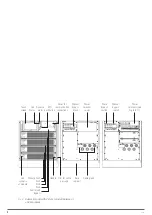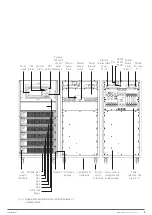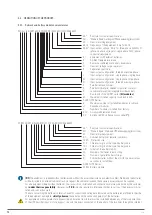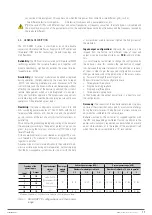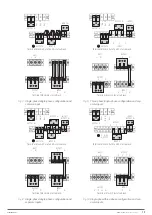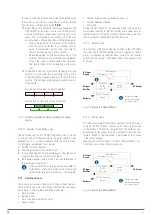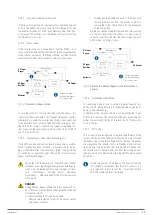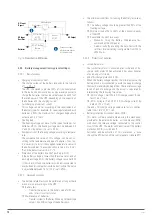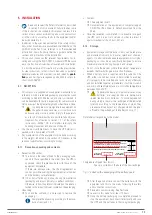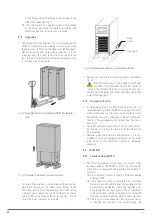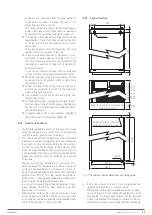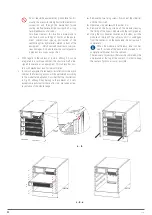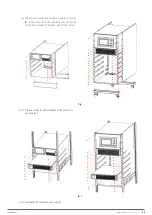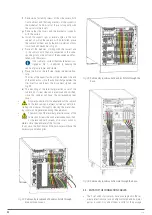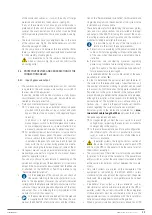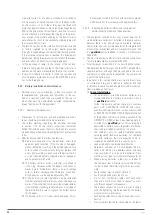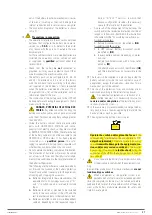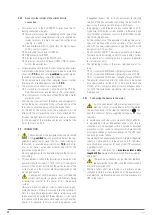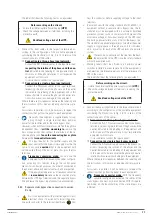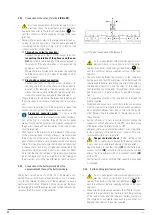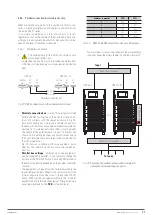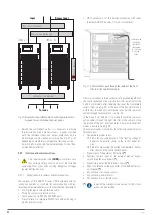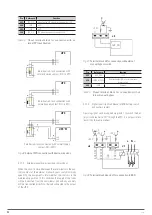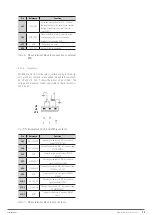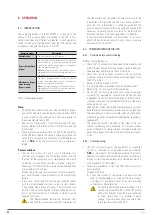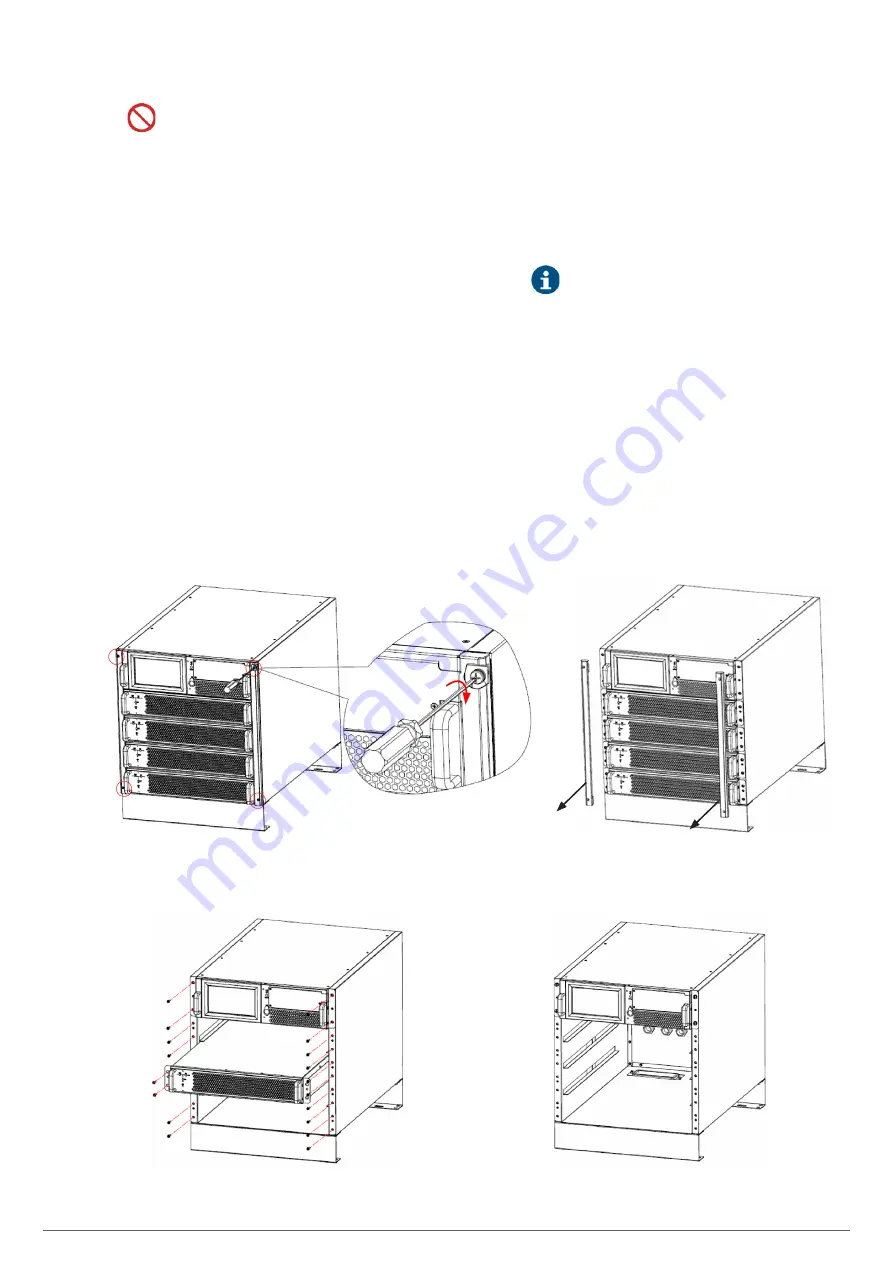
22
SALICRU
Do not leave the equipment at ground level as it is
usually the area with the highest solid elements in
suspension and through the permanent forced
cooling itself penetrate inside causing short or long
term breakdowns of all kinds.
For obvious reasons, this location is more prone to
risk factors such as falling of liquids on the equip-
ment, unintentional impacts, obstruction of the
ventilation grids by materials placed in front of the
equipment, ..., which can lead to serious or very se-
rious damages. And also leaves the control panel in
a plane or inconspicuous position.
•
With regard to the subrack of 6 slots, although it can be
integrated in a rack type cabinet, the structure itself is de-
signed to operate as an equipment. This subrack has cas-
tors with mechanical lock for immobilization.
•
In subrack equipment intended for installation inside a rack
cabinet, the following actions will be performed according
to the model for adaptation. Consider that the illustrations
in Fig. 22, although they belong to the subracks of 4 slots
except some punctual for those of 6 slots, are taken as rep-
resentative of the whole range:
a.
Remove the two fixing screws from one of the side trim
and the trim itself.
b.
Operate as in point
a.
with the other trim.
c.
Remove all the fixing screws of the modules leaving
the fixing of the bypass module with the control panel.
d.
Using the two handles located on the sides, pull the
module on the top of the subrack until it is unplugged
from the connector on the backplane. Do not remove it
completely.
When the module is half-drawn, take it under-
neath instead of the handle and proceed to its
complete withdrawal from the subrack.
The removal of modules will always be initiated by the
one located at the top of the subrack, in order to keep
the center of gravity as low as possible.
a - b
c - d - e

